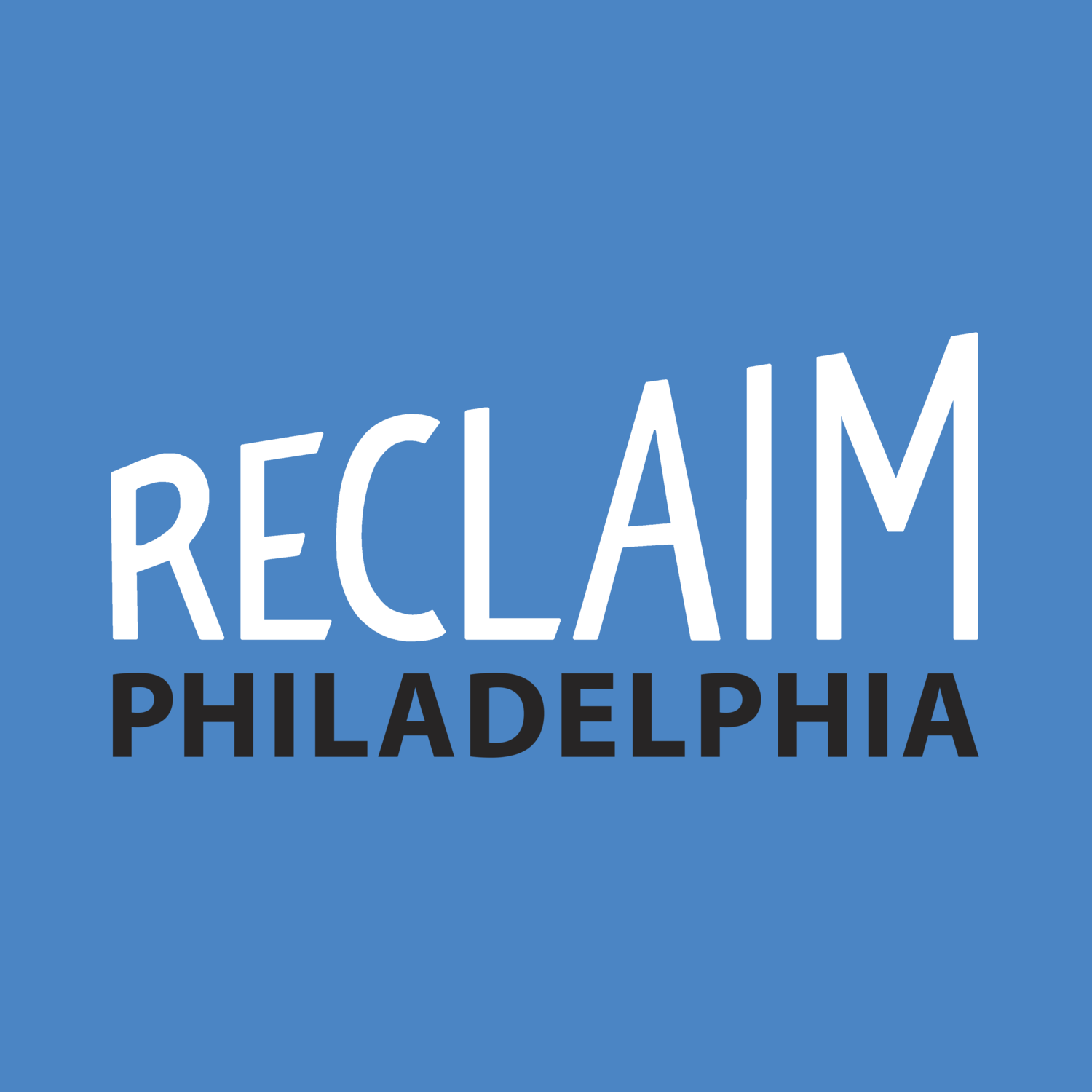What are Opportunity Zones?
Buried in President Trump’s Tax Cuts and Jobs Act of 2017, amongst the many innovations that transferred billions of dollars to the wealthy, was the revitalization of an old yet not well understood concept: opportunity zones.
Opportunity zones are an attempt to introduce a cash infusion into distressed communities that have often experienced decades-long poverty. This new version does so by giving investors a way to avoid paying capital gains taxes by investing in low-income census tracts that are nominated by the state’s governor.
For example, let’s say a venture capitalist made a profit from the sale of a tech start-up that they invested in. To avoid paying capital gains tax on that profit, they could re-invest it into a construction project for a new apartment complex that is located within an opportunity zone. If the investor holds the property for five years, they decrease their taxable gains by 10%. If they keep it another two years, they can decrease by another five percent. If they can wait ten years, their won’t pay any taxes on the sale, no matter how much they profited from it.
Nevertheless, such measures enjoy bipartisan support in the United States. Every president since Nixon, all the way through Barack Obama has instituted some form of the policy. Trump’s version is no different. According to the Economic Innovation Group’s website for the program, the plan is championed by both sides of the aisle in Congress, most notably 2020 Democratic presidential candidate Cory Booker. The framework of the policy is based on a 2015 paper entitled “Unlocking Private Capital to Facilitate Economic Growth in Distressed Areas” that doesn’t even bother hiding the ball. After stating that “[T]he recovery has been particularly kind to investors in the stock market since the recession” that:
An analysis by the Economic Innovation Group estimated that the amount of unrealized capital gains held by U.S. investors stood at roughly $2.26 trillion as of year-end 2014—a significant 17 increase in the five years since the recession. The explosion in unrealized capital gains and cash holdings presents an opportunity for policies that create new incentive for private investors to redeploy capital to regions in need of economic development.
It couldn’t be more clear: economic inequality is increasing and we need to find new ways for the wealthy to use their money. It’s no surprise then that billionaires like Sean Parker, creator of Napster and early investor in Facebook, drove the bill through Congress. It was Parker that created the Economic Innovation Group think tank that helpfully provided this paper to lawmakers.
How have opportunity zone efforts faired in Philadelphia? In 2014, then City Controller Alan Butkovitz released a report that showed the results of the Obama Administration’s version. A total of $385 million were given as tax breaks while generating only $40 million in new wage tax revenues. “It would take roughly 52 years for each new job to pay itself off,” he concluded.
Real estate developers are just now starting to take advantage of this new version in Philadelphia. While they will no doubt start new construction projects, it’s important to ask who actually benefits. As Adam Looney, a senior fellow in economic studies at the Washington-based Brookings Institution told The Inquirer last December, “There are no rules that say, ‘You have to hire people from the local community.' There are no rules that say, ‘If you build condos, you have to set aside a certain number of low-income units.’" Luckily for investors there is “unlimited, untaxed upside” though, according to Forbes.
If history is our guide, this infusion of capital will raise property values in these neighborhoods which will lead to displacement of long-time residents because they can no longer afford to live there. Additionally, the profits raised by such developments aren’t going to go back to the community, but to the capitalists that invested them in the first place. As Baradaran put it on a recent discussion on the Financial Times’ Alphachat podcast, “that’s how capital works. The way that capital works is the more capital you have, the more it’s going to accrue onto itself.”
Like all ‘public-private partnerships’ the capital (and the wealth and power) remain with the wealthy and powerful, who use our impoverished neighborhoods as another way to increase their own capital - at the expense of our communities.
As it is in Philadelphia, the eighty-two tracts tagged as opportunity zones were based off of 2010 census data, so they include already “hot” neighborhoods like Point Breeze, Northern Liberties, Kensington and around Temple University. These aren’t exactly the areas that need additional help when it comes to construction projects. Meanwhile, a project in Germantown still struggled to find funding “because the neighborhood’s poverty and distance from already gentrifying areas represents too much of a risk for many investors, even with the program’s tax benefit.”
What if instead of creating new ways for rich investors to make more money, Philadelphia invested in its citizens? What if there were investment programs that actually closed the wealth gap between minority and white populations caused by redlining? What if we enacted rent control and lowered the tax burden for poor people in Philadelphia to prevent displacement? Solutions like opportunity zones aren’t solving the problems that will lead us to a more just city. They’ll only make it worse.
